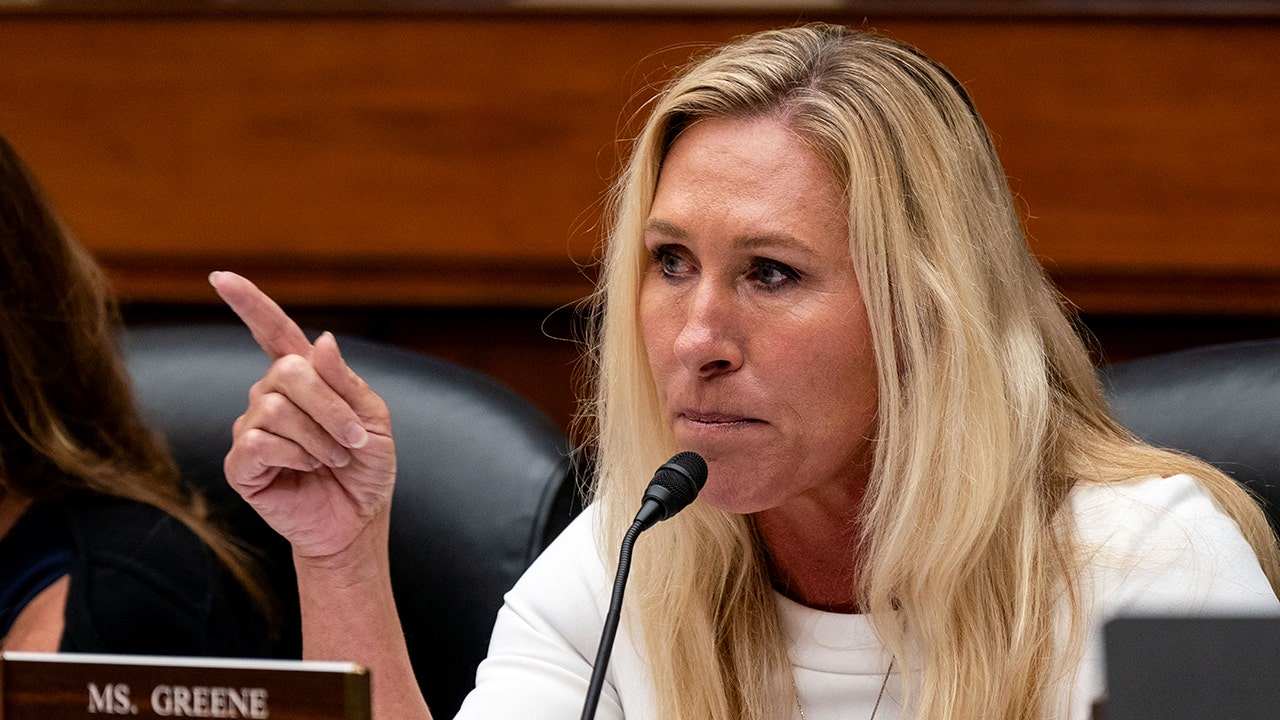In his first moments as a College Cup champion, Florida State’s Brian Pensky shook hands with Stanford’s Paul Ratcliffe and walked slowly onto the pitch of WakeMed Soccer Park, hands in the pockets of his ever-present garnet Florida State shorts, floodlights glinting off his shaved head. His Seminole players laughed and jumped and cried, celebrating a victory that was as shocking as it was emphatic. Pensky was much more measured, as if he were still trying to take it all in.
“Keep the main thing the main thing,” Pensky likes to tell his players.
They heeded the message so well that night that an occasion that would typically be fraught with nerves and anxiety had neither – Florida State had won this national title game with a 5-1 thumping of Stanford – a team that had not lost in 36 games.
“It left me incredibly relaxed in a way I’ve never felt before as a coach,” Pensky said in the postgame press conference.
A college coach for a quarter century, the 55-year-old Pensky got his start as an assistant on the George Washington University women’s team, making $17,500, “Plus a $1,500 bonus for being the laundry boy for the men’s and women’s teams,” Pensky told The Athletic with a laugh. From there it was on to Loyola of Maryland, and then the University of Maryland, where he was an assistant to Sasho Cirovski on the men’s side before taking over Maryland’s women’s program in 2005, building it into a national power with a school-record mark of 18-2-3 in 2010. He was named national coach of the year and after the Terrapins won the ACC championship a year later, Tennessee wooed Pensky to Knoxville, where his success continued, highlighted by a 20-3-0 record in 2021, Tennessee making it to the NCAA quarterfinals and Pensky getting feted again, this time as SEC coach of the year.
GO DEEPER
An early look at players to look for in the 2024 NWSL draft
And then, in March 2022, with his career trajectory heading straight up, his reputation burgeoning and his Rocky Top roots deepening by the year, Pensky got a phone call he never saw coming. It was from Jim Curry, a senior associate athletic director at Florida State and the administrator in charge of the women’s soccer program. His head coach Mark Krikorian, widely acclaimed to be the preeminent coach in women’s college soccer, had resigned abruptly a day earlier, later accepting a position as general manager and president of soccer operations for the NWSL’s Washington Spirit. Less than four months had passed since he had won his third College Cup with FSU.
Curry asked Pensky if he wanted to interview for the position.
“Do you have any idea who you are trying to replace?” Pensky told Curry, saying he was flattered but not interested. He said he would help the search however he could but was not looking for a new job. He was building something special in Tennessee. He and his family were happy there. Why blow it all up for the most daunting job in the sport, where anything short of winning a national championship would be viewed as a colossal disappointment?
Pensky heard from Curry multiple times in the coming weeks, each time repeating that he wasn’t interested in the job. But as he went on his daily four-mile runs, he was starting to have second thoughts.
“My wheels were turning the whole time,” Pensky said. “Could I do it? Do I want to do it?”
He thought about his three kids – twins Will and Alex, and younger son, Ben (now a college soccer player for Tufts) – and the example he wanted to set for them. He had always told them that you have to take risks in life, to go for your dreams. A wealthy Tennessee booster once said to Pensky that every business success he ever had came because he was willing to take risks.
How big a hypocrite would I be to my kids if I didn’t take this job because it was too big a challenge? Penske thought.
Curry called again. Pensky finally relented, interviewed, and got the job.
“I take Mark’s spot with a ton of humility,” he said in his introductory press conference. “I certainly have a big job of following in his shoes. I’m well aware of that, but I’m excited to give it a shot.”

Pensky had to convince his new players after his hire at Florida State (John Joyner/NCAA Photos via Getty Images)
Pensky’s first major challenge as FSU coach came just days after his appointment. Ahead of a May 1 deadline, there was a veritable stampede of Seminoles to the transfer portal – seventeen in all. Krikorian was the reason many came to FSU in the first place. They didn’t know much about the new coach, or where the program was headed. Lauren Flynn, All-American center back and most outstanding defensive player of the 2023 College Cup, was at the front of the charge.
“Initially, when we heard Mark was leaving, it was chaos,” Flynn told The Athletic. “All of us had come here for that reason. That’s why many of us jumped in the portal. It was really stressful.”
Pensky was the new coach of the defending national champions and didn’t even know if he would have a team. His first meeting with the FSU players on a Monday night, April 25, in the team video room. He was nervous. His players were wary.
“They were probably secretly hoping Mark Krikorian would walk back in,” Pensky said.
He listened to players express their hurt and pain and even anger. His message to them was honest and heartfelt. He said, “Look, I understand this isn’t a normal coaching hire. You guys are ACC champions, NCAA champions. This is your team, not my team. I need your help more than you need my help.”
He invited questions, and the players delivered them, one after another, as if it were a shooting drill. Beata Olsson, the standout forward from Sweden, fired away more than anyone. Olsson first came to the U.S. to play for Florida and coach Becky Burleigh. Then Burleigh left, and Olsson transferred to Florida State. Now another coach was bailing on her. In a brutally direct manner, Olsson wanted to know if the standards, culture, and expectations would be the same. Pensky loved her candor and assertiveness. He respected why the players entered the portal; after all, hadn’t he just changed schools himself?
Pensky fielded all the questions, with no defensiveness, and according to the players, complete humility. The players felt validated, their concerns heard.
“That (meeting) changed everything,” Flynn said.
Said Olsson, “I think everyone came to the conclusion pretty quick that FSU was about more than the coach.”
Most of the key Seminole players returned, and Florida State had another stellar season, finishing 17-3-3 and capturing the ACC tournament championship, 2-1, over North Carolina. Advancing to the College Cup, Florida State faced UNC again, and this time it didn’t go as well, UNC winning, 3-2. Pensky and his players were gutted. By Krikorian standards, the season had been a failure. Pensky tried to take a longer view.
“Losing in the College Cup last year hurt so much, but it led to the determination of this group to not be denied,” he said.
The more time the Seminoles spent around Pensky, the more they began to appreciate what he brought to the program. Krikorian was a master tactician who gave each player a very specific role. Pensky tried to build on that, encouraging players to be free and create, and play more directly when the opportunity was there. In the third of Krikorian’s championship seasons, 2021, Florida State outscored opponents, 63-12. In 2023, Pensky’s FSU team had a goal differential of 75-14. The agate certainly doesn’t tell the complete story, but the results do.
“You can’t just leave a legacy like Mark left to anyone,” Olsson said, “There was a transition period, (but) what we built, how we got here, it’s such a credit to Brian.”
Krikorian, too, has been deeply impressed.
“Brian’s a smart guy, and he was able to take the program in the direction it needed to go,” Krikorian told The Athletic. “To be able to pull the talent together in a relatively short period of time, it was incredible. The job he has done in his two years has been masterful.”

Players celebrate with Pensky after capturing the national title (Grant Halverson/NCAA Photos via Getty Images)
One Pensky’s favorite words is “gumption,” and Leilanni Nesbeth, a senior midfielder from Bermuda, thinks that is fitting because it captures the essence of who he is.
Nesbeth was sitting between Olsson and Pensky in the euphoria of the post-College Cup press conference this month, wearing her new national championship hat and t-shirt. She already had a shirt and hat from the 2021 title, but that was then and this was now, and this 2023 team had achieved something special after having its world rocked. A group of players and coaches stuck together, forged a bond and found a way to keep the foremost dynasty in women’s college soccer going.
A journalist asked Nesbeth about Pensky and she looked directly at him as she answered.
“There’s an opening to coach one of the best programs in the country,” she said. “That takes some guts, man. That takes some gumption. To step up the way he has – I think this program is in tremendous hands.”
(Photo: Grant Halverson/NCAA Photos via Getty Images)




























/cdn.vox-cdn.com/uploads/chorus_asset/file/23951353/STK043_VRG_Illo_N_Barclay_3_Meta.jpg)
/cdn.vox-cdn.com/uploads/chorus_asset/file/24924653/236780_Google_AntiTrust_Trial_Custom_Art_CVirginia__0003_1.png)




